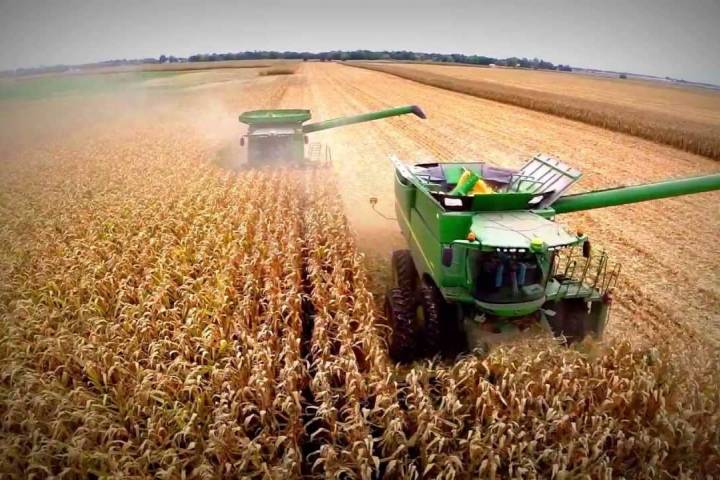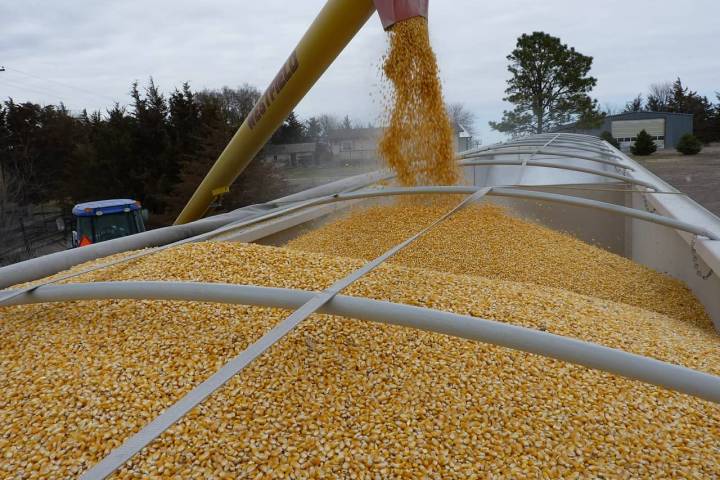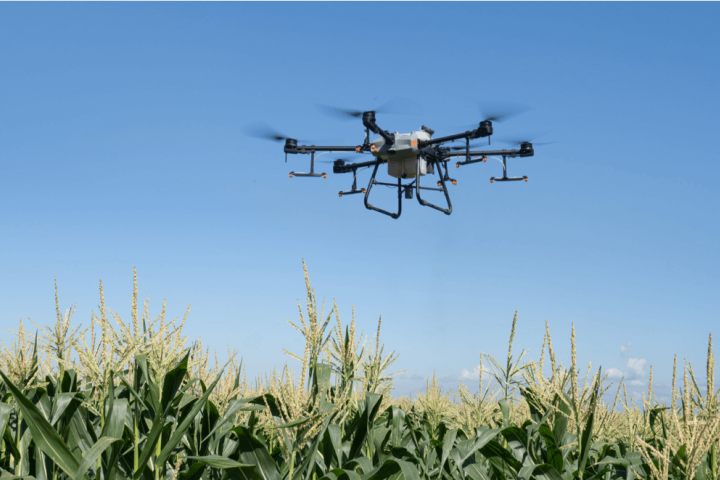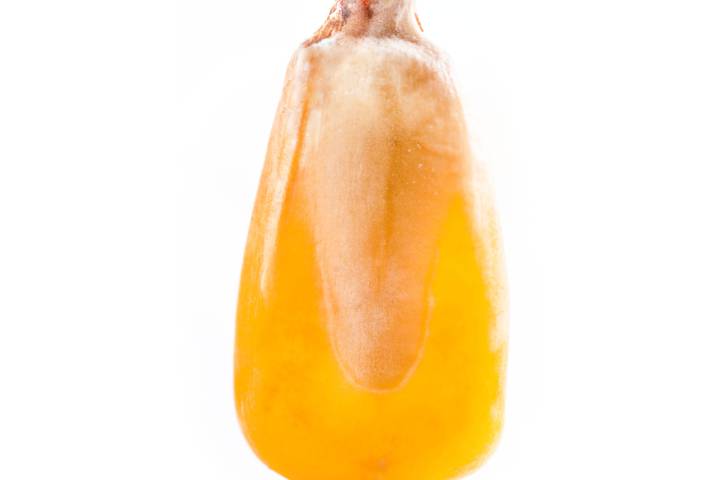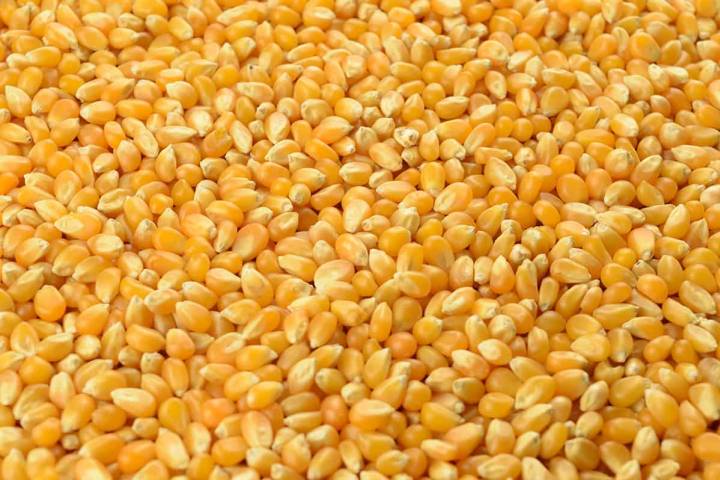corn quick facts
Food and agriculture is Ohio’s top industry.
Agriculture is Ohio’s largest industry, earning over $124 billion annually on 76,900 farms in the state.
Edge-of-field testing is vital for environmental stewardship.
More than $1 million is being invested by Ohio’s agricultural organizations to conduct on-farm, edge-of-field testing to determine exactly how nutrients are getting into Ohio’s waterways.
Farmers are taking action to keep nutrients in the fields.
Farmers are creating customized nutrient management plans, utilizing the best farming practices to keep nutrients out of waterways and in their fields.
Ethanol is energy positive.
Ethanol provides three times more energy than required to produce it, while consuming less water than other fuels.
Ohio corn is used for more than food.
Ohio corn is used for feed, fuel, and other renewable products.
There are seven operational ethanol plants in Ohio.
33% of Ohio’s corn crop is used to make ethanol. Over 95% of all U.S. fuel contains 10% ethanol.
Ohio is the seventh leading producer of corn in the United States.
In 2021, Ohio’s farmers harvested over 1,437 hectares of corn. That’s about 154,677,393 square feet of corn!
Ethanol helps to produce cleaner air.
The use of fuels containing ethanol blends reduce toxic tailpipe emissions by up to 50%.
Bt corn reduces the need for pesticides.
Bt corn, used to control insects that damage corn, reduced the need for herbicides. Herbicide-tolerant corn allows less tilling of the soil, resulting in a 58% reduction in soil loss from 1980–2015.
The components of corn
A kernel of corn contains many nutrients, from water to carbohydrates. Investigate what makes up a kernel of corn.
There are seven major types of corn.
Most Ohioans are familiar with the delicious sweet corn we enjoy each year. However, there are actually seven different types of corn, each with a unique appearance and purpose.
DDGs are a value-added food source.
Dried Distillers Grains with Solubles (DDGs), a co-product of ethanol production, are a nutrient-rich feed source for livestock.
Corn is one of the top feed sources for many forms of livestock.
Demand for corn as a feed source for several types of livestock has been increasing in recent years.
Ethanol is a high-octane, low-carbon fuel of the future.
Ethanol is a high octane, low carbon fuel source. It is the lowest cost, most efficient, environmentally-friendly fuel option on the market.
A bushel of corn can provide several products.
A single bushel of corn could provide one of four essential product categories.
